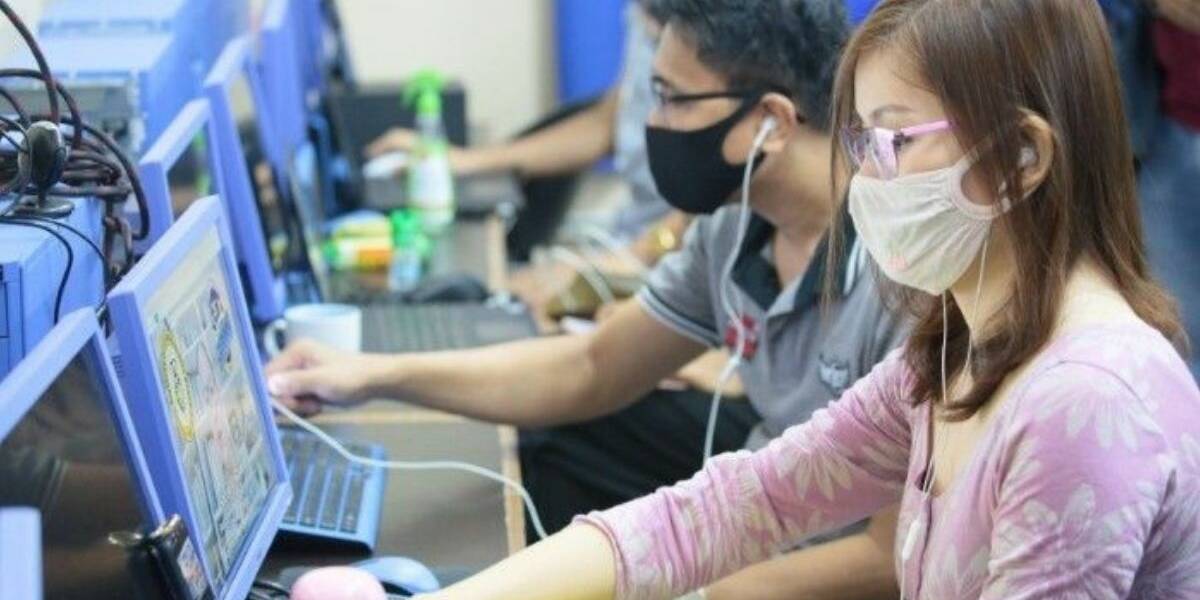With most of the global population in lockdown because of the COVID-19 pandemic, people have turned to technology to achieve a semblance of their lives before the crisis.
From work from home set ups to medical innovations, technology has been a key player in keeping the economy rolling in the midst of the pandemic. One of the industries that stepped up to help the globe make sense of the pandemic is financial technology or fintech.
Role of Fintech during COVID-19: Makes social distancing easy

Photo courtesy of Toa55 via Freepik
One way to curb COVID-19’s high mortality and infection rate is social distancing. Social distancing, as recommended by WHO, means the closing down of businesses and schools, and avoiding face-to-face interactions as much as possible. The need for cashless and non-physical transactions as a way of social distancing is what makes financial technology important during this pandemic.
Most, if not everyone, utilize the power of fintech in eCommerce and online transactions. With this, they can safely obtain the things they need through online shopping and payments — all without stepping out of their homes.
Fintech serves as a bridge between the people and their needs in the time of COVID-19. Social distancing is made possible by not having to go out because what you need is being delivered to your doorstep or done on a device. As the COVID-19 cases continue to climb with no end in sight, technology plays an ever-expanding role in making sure economies and lives are intact.
Why Fintech is a tech MVP this Pandemic
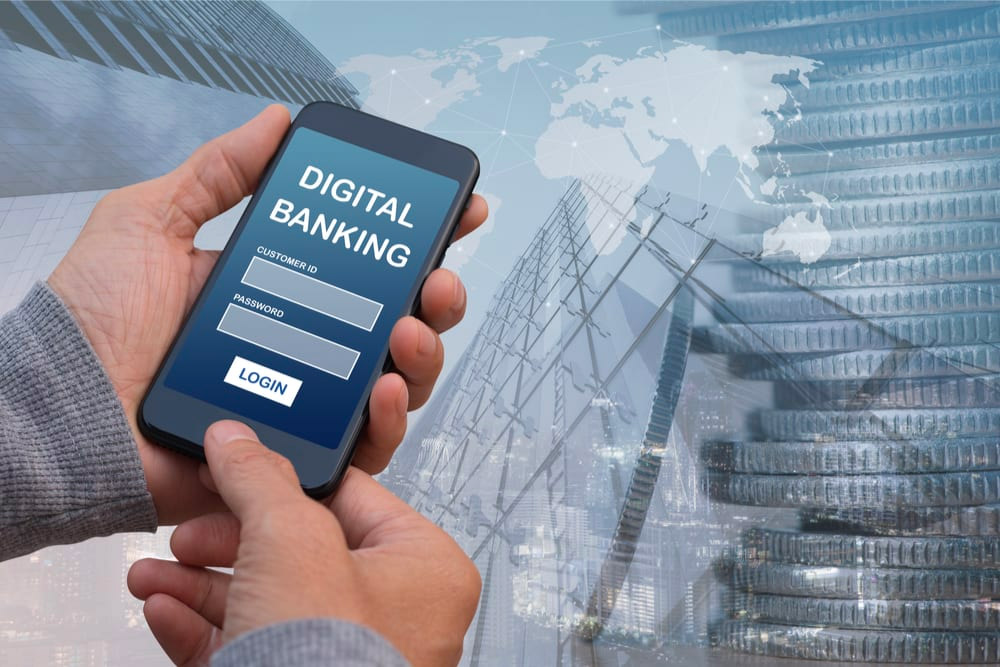
Photo courtesy of Pymnts
“Just as health innovations are shaping the healthcare industry’s response to the virus, fintech is blazing trails in a socially distanced economy.”
Here are the main examples on how the role of fintech helps billions of people survive a global pandemic.
1. Household staples are a click away

Photo courtesy of Farknot by Freepik
One of the first dilemmas of the quarantined family is how to safely obtain household necessities. Stepping out of the house is dangerous, especially for those who have family members at high risk for the virus. Fortunately, eCommerce sites already have the option to shop for consumer packaged goods or groceries.
Before the COVID-19 pandemic, the grocery category in eCommerce sites faced patronage and logistics struggles; packages would be awkwardly packaged and difficult to deliver. Forbes writes that before the pandemic, the grocery category penetration would only reach 3-4%, now it has reached up to 10% because of the new normal.
2. Government aid made accessible
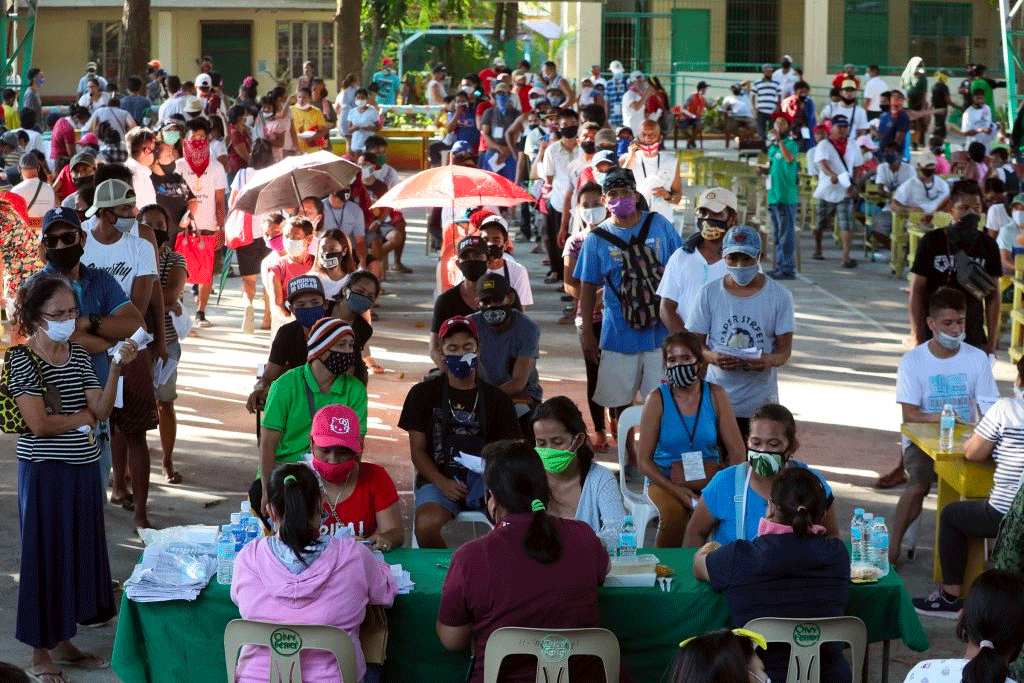
Photo courtesy of Philippine Canadian Inquirer
Last March, President Rodrigo Duterte signed Republic Act No. 11469 or the Bayanihan to Heal as One Act to address the COVID-19 crisis. Included in the provisions of RA 11469 is the government’s promise to provide ₱5,000 to ₱8,000 financial aid to low-income households. To augment this task, banks have stepped up to provide their digital services; a prime example of fintech in the field.
To support this effort, a group of rural banks, cooperatives, microfinance institutions, NGOs, and a payment collection company established “Damayang Sambayanihan: Hatid-Ayuda sa Kababayan” to make the distribution of cash aid more convenient in far-flung communities.
And to make the cash aid more accessible, the government also tapped e-wallet providers for cashless and contactless distribution. As of June 29, Php3.2 billion cash aid has been distributed to 455,000 beneficiaries in the country.
By using digital channels, recipients of the government’s financial support can claim the cash faster and easier.
3. Donating for a good cause
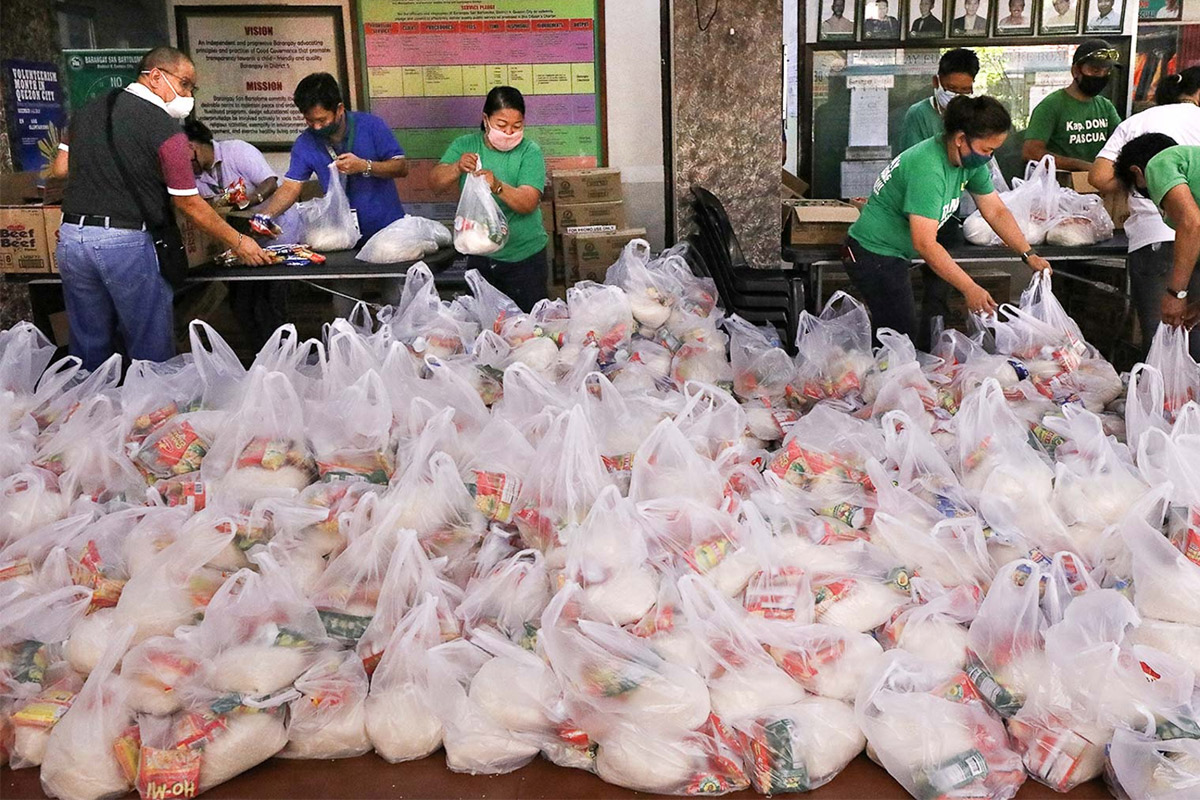
Photo courtesy of Rappler by Inkl Website
Fintech solutions like online money transfer are also very useful for individuals or groups to pool money for a good cause. Aside from government efforts, there are also non-profit organizations pitching in to help underprivileged groups survive during the pandemic.
Their efforts are made easier through the ease of information drives fund collection over digital means. Services like GCash, GoFundMe, and PayPal have been instrumental for some non-profit efforts to provide aid to less fortunate sectors.
4. Cashless bills payment
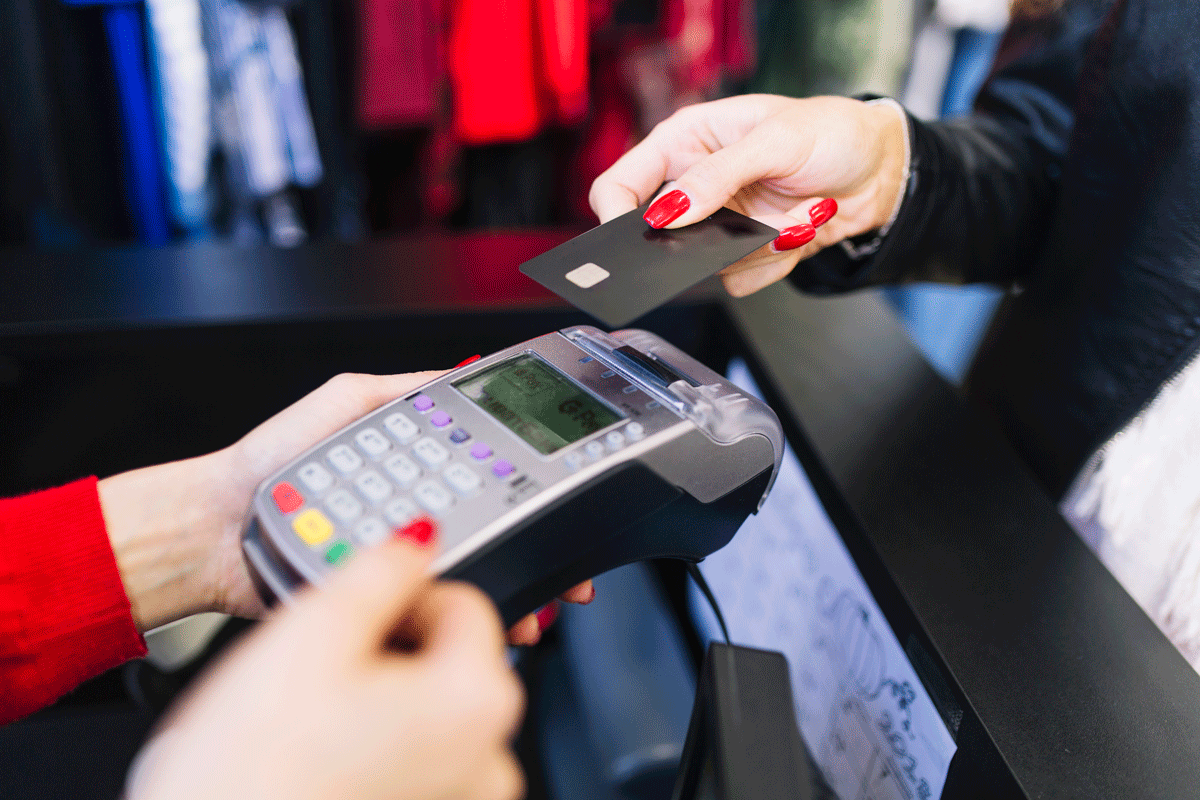
Photo courtesy of Freepik
Aside from donating and online shopping, fintech is also highly utilized in cashless transactions. Without pausing self-isolation, consumers can pay their dues using mobile wallets or debit cards.
This method of payment has been around even before the pandemic took hold, but now e-payment has seen a rise in the Philippines since the crisis began. Citizens can now fulfill payments without facing the risk of long lines at the teller.
There are other ways fintech is shaping society during this pandemic. As the demand grows for these types of technology, innovations are sure to arise. But how should fintech move forward from here? How should it position itself in a world riddled with uncertainty for the future after the pandemic?
Proper digital transformation for the future is not done overnight

Photo courtesy of Pressfoto by Freepik
Even as some healthcare companies secure victories in developing vaccines and treatments of COVID-19, this new coronavirus likewise has etched itself a seat in our future. Medical experts predict that COVID-19, like how HIV remains to be a threat, this new coronavirus is likely to never go away and that future pandemics will be deadlier.
The COVID-19 pandemic is a wake-up call of a global scale to ramp up efforts to battle future crises such as this one. Aside from prioritizing medical research and development, these efforts should include the advancement of digital technology focused on making lives easier in the midst of a crisis.
“A proper digital transformation towards a crisis-resistant world will not be done overnight. The present capacity of fintech should be strengthened and made available to more people if the population is to expect worse disasters in the next few years.”
Here are the 3 main strategies that could be done.
1. Invite the full support of the government

Photo courtesy of Municipality of Gerona Website
If financial institutions want to expand their reach to cater to more people and be able to provide more services, they will need the support of the government. The government has data and experience in serving the citizenry and would know what best steps to take in order to expand fintech capability and accessibility.
In order to create a strategy that withstands crisis and brings together the needs of companies, businesses, and consumers, the fintech industry would need the government’s help. Likewise, the government is in need of the fintech innovations that would make their financial responsibilities easier.
2. Invest in innovation

Photo courtesy of DOST Website
Technology manages to stay relevant because of the work that’s put into improving it. Fintech is already a very innovative industry right now but if in 10 years it hasn’t changed, it will surely lose its users.
Fintech trends are ever-improving; all in the name of making financial services easier. Expect that in a post-pandemic world, the fintech industry will play a bigger role in boosting the economy after the devastating market crashes it had to endure during the COVID-19 pandemic. The best way to keep up with that overwhelming responsibility is to invest in research and innovation.
3. Consider the broadest range of stakeholders

Photo courtesy of Tirachards via Freepik
“Another way for the fintech industry to contribute to the digital transformation of the post-pandemic world is it sets its eyes on a broader horizon. This means expanding its accessibility towards the underprivileged sectors.”
As showcased by the logistical challenges of providing aid to low income families, fintech solutions are needed more than ever to bolster efforts like these. The fintech industry has the technology to reach farther and deeper than what they have reached prior to the crisis. It only needs to reorient its business goals to serving a wider range of the population to support the efforts against the pandemic.
The future remains uncertain for a world that fights COVID-19.
“What remains for policymakers and industry leaders is to learn how to innovate technology to curb the damage to the economy and serve the whole of society.”
Being a crucial player in this battle, the role of the fintech industry has an enormous responsibility in making sure the war against the pandemic is won.
Related Posts
November 24, 2022
Digitizing MSMEs: How You Can Grow and Thrive in the Philippine Digital Economy
Understanding how MSMEs can go digital will help them earn more and encourage their growth in the…
March 17, 2022
Factors to Consider for Digital Transformation and Growth
Financial institutions in the Philippines need to consider these digital transformation factors to…
November 18, 2021
Digital Transformation for Financial Institutions: Unleashing Their Potential With the Right Foundation
Understanding how to set up the right foundation for digital transformation can empower financial…


